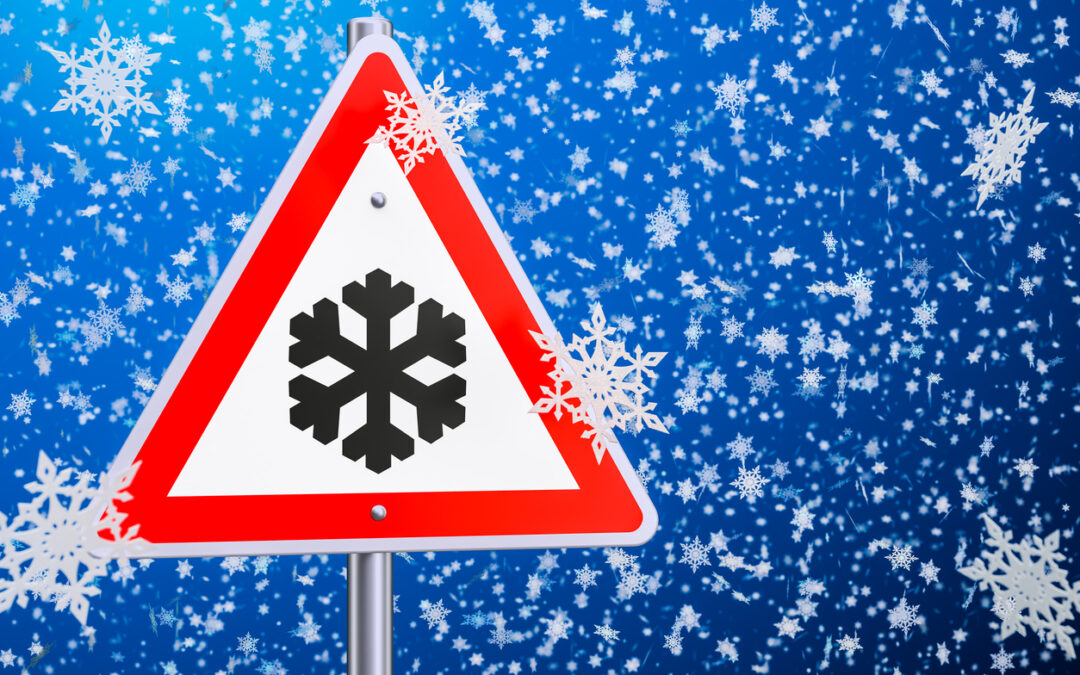Winter in New York can be rough. Learn how to prepare and protect your insurance premiums.
New York is heading into winter, and depending on where you live in the state, December to March can be a trying time for motorists and homeowners. From low visibility and slick roads to burst pipes and increased risk of fire, there are a wide variety of claims which become more likely as the year ends.
And best safety practices are more important than ever when it comes to keeping insurance premiums low. Here’s our guide to staying safe and insurance-friendly no matter the month.
How to get ready for a rough year of weather
New Yorkers need to brace for bad roads and domestic risks by taking them seriously. As many as 17% of all crashes occur in winter conditions, equating to over 156,000 accidents, 800 deaths, and around 76,000 traffic-related injuries. These accidents kill far more people than large weather disasters, and the stats affect auto, health, and life policies.
To keep insurers happy and potentially decrease premiums, be sure to winterize vehicles and tires and adjust your driving habits to fit the season. Observing year-round best practices while driving in low-visibility, high-risk conditions is another money- and tragedy-saving move, as is traveling on the road only when it’s strictly necessary.
Don’t forget that there are also safety rules to observe when staying home. This means paying attention to any heat sources in the residence. Open fires, furnaces, electric space heaters, and stoves can all contribute to the increased number of fires that threaten New York homes in colder conditions.
Install fire/smoke alarms if they’re not already present and take advantage of the many state-approved safety guides which offer general and season-specific tips to protect people and property. Most individuals with home insurance will find they’re adequately covered in the event of a fire, but we recommend asking your provider how far that protection goes.
How to shield against rising waters and climbing costs
Bad weather goes way beyond winter. Storms can slam New York any time of year, and the state has taken a serious buffeting in 2020. The impacts of storms boil down to two factors—wind and water—both of which need to be handled differently from an insurance perspective.
The first rule: don’t make the mistake of thinking home insurance will foot the bill for all water damage. Covering your home against flooding requires a separate flood insurance policy that must be taken out through the National Flood Insurance Program (NFIP).
The second rule: don’t think floods only happen to other people. Our state is under increasing threat. We recommend using this map to discover how much water damage could be headed your way, and considering the alterations contained in this comprehensive material from the Federal Emergency Management Agency (FEMA).
New Yorkers can call their insurance company or insurance agent to find out if they provide flood coverage. If they don’t, the NFIP can be reached directly at 877-336-2627 or by visiting the FloodSmart site.
Get ready for rough winds
High winds can tear chunks from a home and send airborne debris through doors, windows, and against vehicles. Some homeowners may find that wind damage is covered under their existing homeowners insurance policy, but those in coastal areas may discover the opposite. Some insurers write these regions off as too high-risk. And with NY state already buffeted by tropical storms Fay and Isaias this year alone, insurers taking wind coverage out could become a future standard.
NICRIS recommends speaking to your insurance provider to ascertain how much wind coverage you have. It may be necessary to take out further protection through windstorm insurance. New York is one of only 19 states with hurricane deductibles (good news after our recent brush with Hurricane Laura).
This deductible is in the range of 1% to 5% of the property’s insured amount. Insurers will require that the wind damage is from an officially designated hurricane, although the category that triggers the deductible varies between providers.
The NY Property Insurance Underwriting Association offers more information on windstorm coverage and how to handle hurricanes and tropical storms. The Coastal Market Assistance Program is a related insurance initiative that can be of particular assistance to those living in Brooklyn, Staten Island, Long Island, and Queens.
NICRIS can help you insure against the worst
Today’s tips were just the tip of the iceberg in weather preparation. Speak to the NICRIS team for even more information regarding your specific home, auto, and geographic situations. We’re here to help you find the best coverage possible.
NICRIS Insurance focuses on providing clients with the appropriate suite of products to protect them, their interests, and their loved ones. If you need some insurance advice or would like a free, personalized insurance review, just drop us a line.

